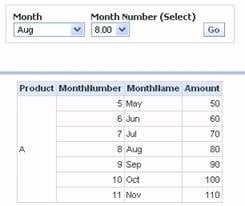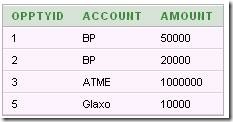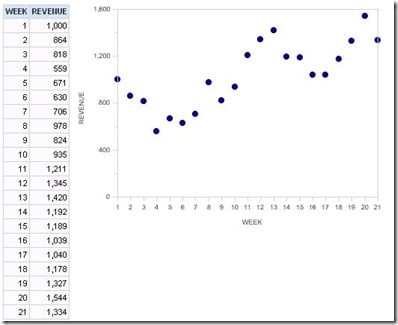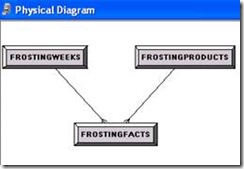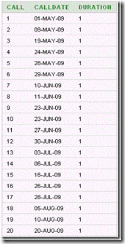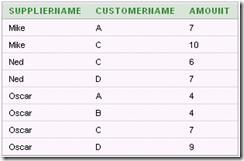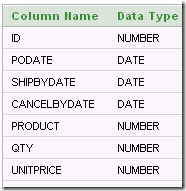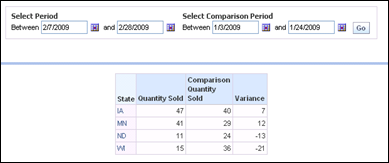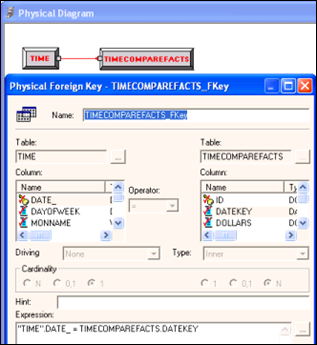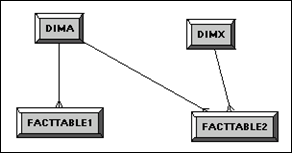An OBIEE dashboard designer recently asked how to turn a prompt for a single month into a filter for a range of months. For example, if the user selects “Aug” in the prompt, the results should include not just August but also the three months preceding and following August (i.e. May through Nov).
Read More
Tags:
Kurt Wolff,
Oracle BI,
Blog
One of the tricky things for users of relational databases is forming queries without overstating (or understating) results as a consequence of table joins.
Read More
Tags:
Business Intelligence,
Kurt Wolff,
Oracle BI,
Blog
Linear regression is a statistical technique for drawing a line through a set of data points that “best fits” the data. It is a useful and standard technique for quantifying trends.
Read More
Tags:
Kurt Wolff,
Oracle BI,
Blog
One of the questions that comes up over and over again is how to show all periods in a query when facts don’t exist for all periods or how to show all products when facts don’t exist for all products.
Read More
Tags:
Kurt Wolff,
Oracle BI,
Blog
[Note: the following discussion is based on OBIEE version 10.1.3.4.0 and Oracle XE version 10G, both running on Windows. The behavior of other versions of OBIEE could be different.]
Read More
Tags:
Kurt Wolff,
Oracle BI,
Blog
Here’s a not uncommon scenario. You are designing a dashboard page with a report such as sales by customer. To show sales by customer, you design a report containing the CustomerName column so that facts are grouped by customer. You provide a multi-select prompt to allow the user to select which customer data to view. But you also want to provide the ability to view the data for all customers as a total, without grouping by customer.
Read More
Tags:
Kurt Wolff,
Oracle BI,
Blog
Here is a technique for enabling the user to set join columns with a dashboard prompt.
Read More
Tags:
Kurt Wolff,
Oracle BI,
Blog
The Ago() “time series function” can be used to show data for a previous time period, as long as the previous time period corresponds to a level that has been defined in the period hierarchy. A typical period hierarchy containing day, month, quarter, and year levels would allow you to use the Ago function to construct measures showing data for day ago, month ago, quarter ago, year ago (or N days ago, N months ago, etc.).
Read More
Tags:
Kurt Wolff,
Oracle BI,
Blog
Someone asked a question on a “Siebel Analytics” email group a few days ago that I thought was worth discussing briefly here. The question posed was how to put a date prompt on a dashboard and return data for that date and the next 30 days. The solution could not involve presentation or report variables, since these were introduced only in a later version of Siebel Analytics that the person who posed the question did not have.
Read More
Tags:
Kurt Wolff,
Oracle BI,
Blog
By Kurt Wolff
When I read the questions people ask about data modeling on OBIEE forums, one that seems to come up frequently is what to do when you have fact tables that do not join to all dimension tables.
Read More
Tags:
Kurt Wolff,
Oracle BI,
Blog
